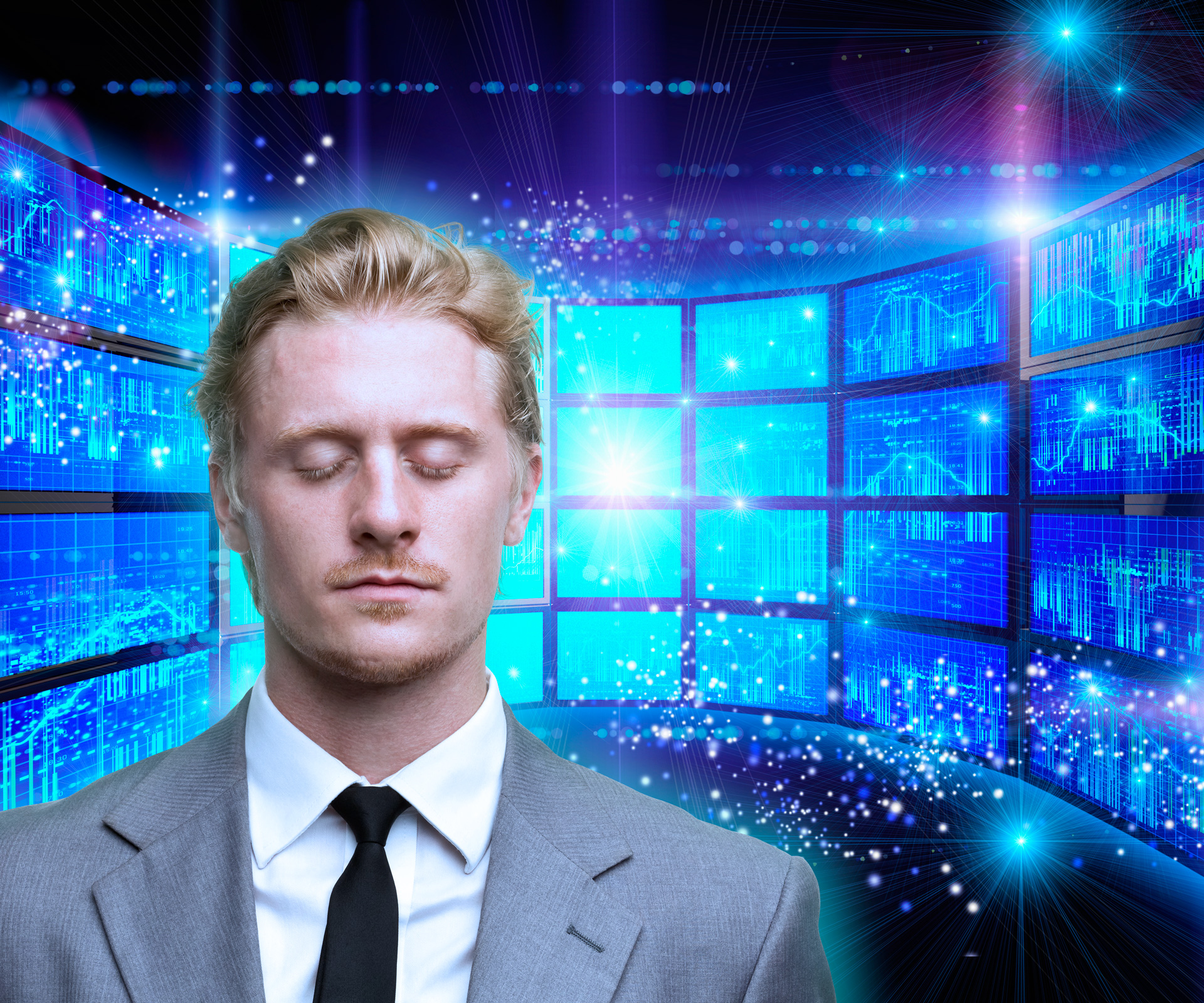Between our smartphones, tablets and computers, most of us spend so much time on screens these days it’s amazing to think that this is a relatively new phenomenon. We’re only just discovering how such extended use of these devices is affecting our health – both short- and long-term.
Recent research has suggested that overdoing screen time can lead to sleep disorders, depression and possibly even impaired brain function.
Eye strain seems to be the most immediate issue, however. “We’re seeing more people with problems,” says Andrew Sangster, outgoing president of the New Zealand Association of Optometrists. “People are concentrating on their screens for longer without taking a break. Their eyes become red, itchy and irritable, or they get an achy feeling behind them.
“Because we don’t tend to blink as much when we’re staring at a screen, they dry out. And people get headaches, although it’s hard to differentiate between those that are vision- and posture-related.”
There are concerns that the blue light emitted by LED screens is a risk factor for the formation of cataracts and for early onset macular degeneration, a progressive eye disease that usually affects older adults and leads to vision loss.
Ironically, we were more careful with our eye health back in the days of cathode-ray screens, says Sangster. “We used to talk about visual hygiene and set up screens so they would cause minimal eye strain. Some of the old principles apply even now. For instance, screens used to be made of glass and were highly reflective. These days they have a matte surface, so that’s less of an issue.
“But it’s still important to consider other glare sources, such as a window, that might be increasing the amount of effort required to look at a screen.”
Generally the eyes are more comfortable with a downward gaze for close work, so a screen that is slightly lower is preferable to one that is high. It’s also important not to sit too close – arm’s length with your fingertips just touching the screen is what Sangster suggests. He advises taking a five-minute break every half hour. “Don’t just look away and stare out the window. Get up, move around and then you can kind of reset.”
If you suffer from eye strain, it’s worth getting checked to make sure there are no underlying vision problems.
“If people are straining their eyes because they’re not seeing the screen properly, that’s going to lead to problems that are preventable,” says Sangster. “Or there may be a small error in the way the eyes are working together and that can cause eye fatigue. These sort of problems are manageable with spectacles or sometimes with visual exercises – you can train your muscles to work properly.”
There are lenses available that aim to filter the harmful blue light and lower the risk of damage, but experts also recommend reducing the time spent on devices, especially at night, when it has been shown to disrupt the body clock.
Light of any kind can suppress the secretion of the sleep hormone melatonin, but blue light is more potent.
Harvard University researchers compared the effects of six and a half hours of exposure to blue light, with green light of comparable brightness. Blue light suppressed melatonin for about twice as long as green and shifted circadian rhythms by twice as much.
Children and young teens seem especially sensitive to light at night. A study from Rhode Island’s Brown University found that an hour of exposure suppressed the hormone significantly more in those who were in the earlier stages of puberty than in older teens. The study’s senior author, Mary Carskadon, says the light from screens is enough to affect sleep patterns.
Limiting the use of any light-emitting device at bedtime is advised for all ages. Research from Brigham and Women’s Hospital in Boston compared reading from an iPad and a printed book for four hours before bed and found that the iPad readers secreted less melatonin, took longer to fall asleep and were more tired than the book readers the following day, even when both got a full eight hours.
“Receptors in the retina are linked to this melatonin cycle,” explains Sangster, who adds that blue light research is relatively recent.
“There is just not the data out there yet to determine what is going to be harmful.”
Words by: Nicky Pellegrino
Photos by: Getty Images


